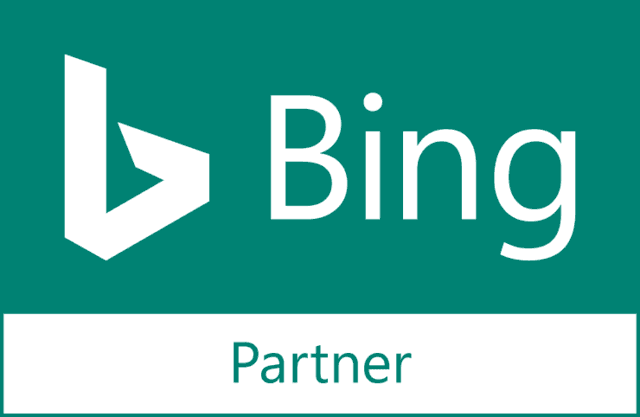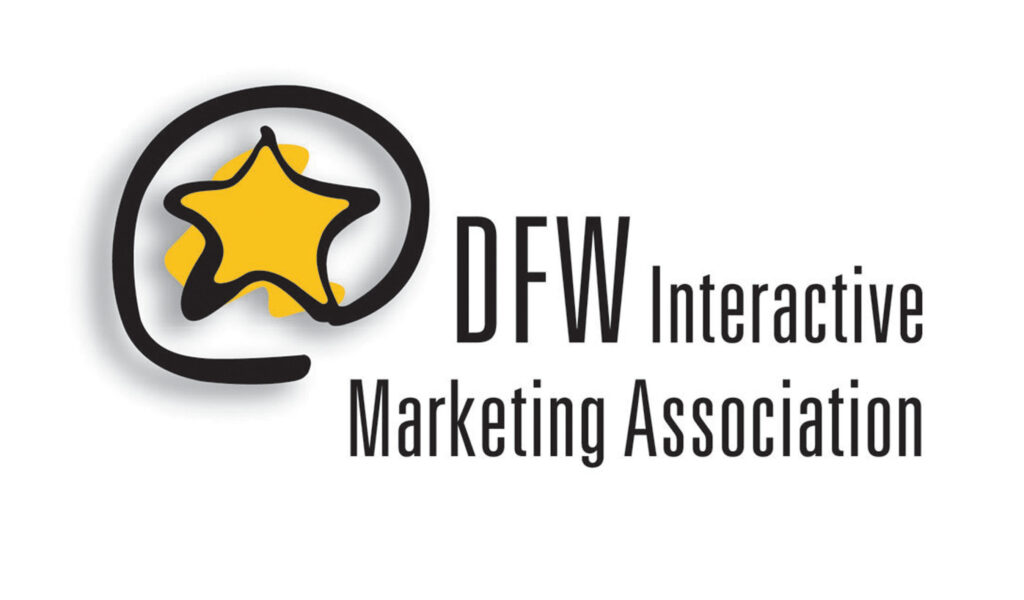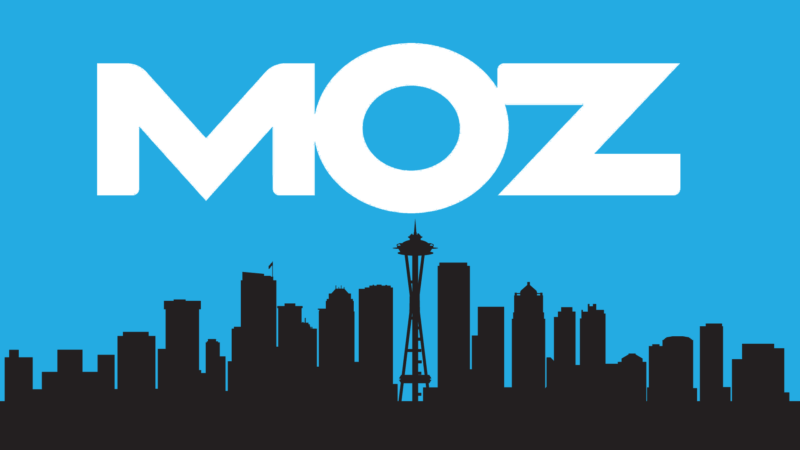SMC Dallas convenes once again for another monthly meeting, this time inviting Michael Brito of Edelman Digital. As Senior Vice President of Social Business Planning, he leads the digital team in a series of efforts to guide, grow, and drive new business as well as maintaining strong relationships with existing clients. In addition to his work at Edleman, he is the founder of Silicon Valley Tweetup, a member of the SMC Silicon Valley Chapter, an investor in OneForty and is also the business advisor for Izea, MarketingZone.com, and Lonesome George & Co. Oh and let’s not forget that he’s a frequent speaker at events like SMC Dallas and a prominent speaker at several prominent universities. Needless to say, the guy keeps himself busy but don’t worry, he’s not breaking a sweat. Not yet at least.
Brito comes to us as a stop on his Social Business Book Tour and as always SMC Dallas draws a crowd eager to learn from industry experts. Thanks to Urban Taco and Firehost for sponsoring the event. With an introduction from Mike Merrill, Brito takes the floor.
When you lead with Rangers, the best thing to do is just say you’re a fan. We can’t quite process any other teams that aren’t Texas affiliated (the A’s who?). But we won’t hold it against him, especially since he practices what he tweets. Brito strongly believes in the power of relationships – so in short, he’ll tweet you back.
As a recovering direct marketer, he had to retrain his thoughts to not classify consumers as the target audience, market segment or a web user. Believe it or not, customers don’t want to be referred to as a target audience or a market segment. They’re real people and your strategy should treat me as such.
If you love your customers, they will love you back and tell others. It’s really that simple. If you can keep this thought at the forefront of your content strategy it will drive the rest of the process.
Who is the social customer?
They are an influential group whose voice is amplified across the social web with the help of technology. As trusted sources within their peer networks, they have essentially become an authority on brands. Google acknowledges this and indexes critical conversations about companies.
How does the social customer behave?
The customer journey is dynamic and always changes. In order for a brand to survive these shifts, you need to have multiple customer touchpoints to break through the clutter of white noise. According to the Edelman Trust Barometer, customers need 3-5 times before they actually believe what a brand is trying to convey. More than ever, your brand needs to be an active participant, even in a saturated market.
Who are the customers and who are they connected to?
Customers are employees, employees, family members and everyone in between who are plugging into a variety of media outlets – all competing for their attention. The consumer knows this and most put up filters to shield out the bombardments of ads to only see relevant signals. Twitter lists and Google+ are great examples of filters because it allows people to interact with topics when we want to.
The problem? How can businesses continue to reach customers? You need to be omnipresent to amplify your customer voice. Social media will not solve your marketing needs alone.
[Refer to President Obama’s campaign slogan “A Change We Can Believe In” in the last election as an example. A consistent message in multiple channels integrates you within your customers]
What roles do the social customer play in the brand experience?
Advocacy: Aid and influence their micro-communities down the purchase funnel through organic conversations
Share: Share content when convenient may post a review (positive and negative)
Participate: Minimal participating (friends, fans, followers)
The relationship between an influencer and a brand is based on an incentive to build a relationship. The advocate, however, is blogging or speaking about your band regardless if you’re listening. They genuinely like your product or service. As long as you produce quality, they will continue to boast on your behalf.
What is the new purchase funnel?
A brand should build relationships with the social customer in order to drive advocacy.
Advocates:
- Talk about the brand, even when the brand isn’t listening
- Are trusted among their peers and within their micro-communities
- Are aiding and influencing others down the purchase funnel
The reach of one advocate is minimal; as an aggregate, the total reach can make a strong business impact. Why? Because they are surrounded by awareness, consideration, preference, and purchase.
What defines a social brand?
A social brand is any company, product, individual, a politician that uses social technologies in order to communicate with the social customer, their partners, and constituencies, or the general public.
Is there chaos in your organization?
Simple advice: “Do not talk smack about your managers on Facebook. You will get fired.”
There are certain behavior and types of tweets and Facebook updates that may put your company in jeopardy and get employees fried too. Some employees just don’t know how to behave. Social media can be a tool with evil consequences if you don’t have guidelines that support your organization’s goals.
From Chaos to Governance
You need a structure to be able to navigate your brand. Work with your employees to develop the appropriate strategy that includes:
- Social media policies
- Guidelines: Usually co-created with employees to establish a sense of ownership)
- Organization Design: Some of the best committee managers come from marketing or customer support teams.
- Channel Creation
- Employee Activation
- Technology Deployment
How do you activate your employees to engage?
You need to provide employees with different levels of participation. This allows the individual to use their strengths to build your brand. You may need to create training programs to help them get through to the next level or help them make a category better.
- Content Creators
- Conversationalist
- Participant
Create a Content Library
Aggregate your branded content and make it very easy for employees to share it within their social graph. This can be very helpful for global companies working across multiple time zones and even cultural barriers.
Ushering in Social Business
A social business is built upon three pillars: people, process and technology. Management and culture changes are essential in order for genuine social business transformation to occur. Organizations cannot have effective external conversations with customers unless they can have effective, internal conversations with each other first. You can start by turning internal memos into blog posts that encourage the use of social tools.
Business & Brand Alignment = Results
When you bring together your social brand (external), social business (internal), programs and infrastructure your brand can create measurable outcomes.
(Programs: community management, marketing, customer service, communications, events, campaigns, advocacy and crisis.)
(Infrastructure: training, process, collaboration, organization models, research & development, policies, and guidelines, knowledge sharing, and culture.)
Social Business Value Creation Model
Value creation is what determines success from every perspective. The continuous cycle and interaction between social customers, social brands and a social business surround value creation that leads to innovation and increases customer satisfaction. But if you’re going to develop it, you have to use it.
“Listening to the social customer without any type of action is worse than listening at all.”
Sometimes it’s the small things
If you’re not ready to change your business model and innovate and change your behavior – what are you doing?
Think about Netflix. They increased their price but they didn’t offer current customers any value. They changed their strategies but failed to communicate to the customer! This created a huge problem and affected their bottom line.
The same thing can be said about Bank of America and the way they communicated their need to increase revenue. Over the last 5 days there have been 62,106 twitter mentions; 123016388 negative impressions. What has been their response? Lesson: actions speak louder than words. So do something!
Apart from their addicting coffee and baked goods, Starbucks gets another gold star for how they manage social engagement. They created the Starbucks Idea. Ever wondered where the splash stick came from? A customer submitted idea. They changed the customer experience for millions but they also showed that people could make a viable impact in their business.
Make your business smart and social. It can be done.
Not only is Michael a brilliant mind on social engagement – he’s also a humanitarian. He is donating 100% of his books proceeds to Not For Sale, a non-profit sex trafficking advocacy organization. If you don’t have his book yet, now you have one more reason. You can follow Michael Brito on Twitter at @Britopian and follow his blog. Thanks again to SMC Dallas for yet another insightful presentation. We’re looking forward to next month’s meeting with Jason Falls of Social Media Explorer and his “No Bullshit Social Media” book tour.
Also, seal in the date for the 1st Annual Jingle Mingle Dreamfund Holiday Party on December 1 in partnership with DFWAMA, DFWIMA, PRSA, AAF, DFWSEM, DVSC, SMC Dallas, and more.





